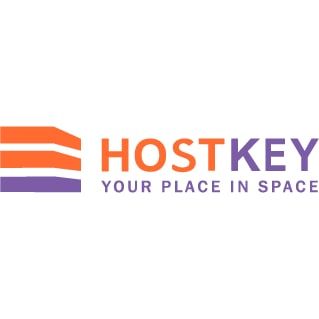A Quick WireGuard VPN Setup Guide
May 04, 2023

Dedicated high-performance GPU servers and private cloud solutions. Colocation and Remote Smart hands.

Dedicated high-performance GPU servers and private cloud solutions. Colocation and Remote Smart hands.